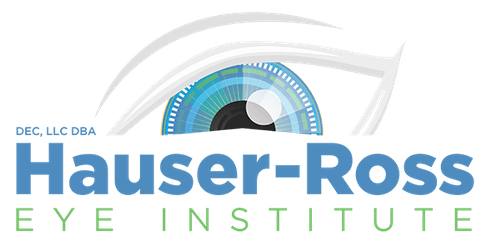Minimally Invasive Glaucoma Surgery

What is iStent®?
The iStent® is a tiny, FDA-approved implant that is placed in the eye to regulate intraocular pressure and ensure that it does not get too high.
How does it work?
Patients with open angle glaucoma experience a buildup of pressure inside their eye(s) that can can lead to complications and/or permanent vision loss if left untreated. This form of glaucoma occurs when the eye’s drainage system clogs.
iStent bypasses these blockages, offering another channel for fluid to drain out of the eye and into the bloodstream, improving the eye’s natural flow and lowering intraocular pressure.
iStent and Cataracts…
iStent surgery and cataract surgery go hand-in-hand, oftentimes being performed at the same time. Once the IOL is placed into the eye following cataract removal, the iStent implant is then inserted through the same incision created for your cataract.
This means that no additional anesthesia or surgical materials are needed and recovery time is not prolonged.
Is iStent right for me?
If you answer “Yes” to any of these questions, you may be a candidate for iStent.
- Do you have glaucoma?
- Are you currently managing your glaucoma with prescription medication(s)?
- Are you scheduled to have cataract surgery in the near future?
Frequently Asked Questions
Am I at risk of getting glaucoma?
Everyone is at risk for developing glaucoma, but certain groups have a higher risk, including:
- African-Americans – glaucoma is 6 to 8 times more common than in Caucasians
- Hispanic Americans in older age groups
- Eye injury patients
- All individuals who are over the age of 60
- Diabetics or those with high blood pressure
- Those with a family history of glaucoma
- Steroid users – recent evidence links glaucoma and high steroid use
- People with high myopia (severe near-sightedness)
Your best defense is to have regular eye exams and a glaucoma screening test, especially if you fall into a high risk group.
How common is glaucoma?
Worldwide, Glaucoma is the leading cause of irreversible blindness. In fact, as many as 6 million individuals are blind in both eyes from this disease. In the United States alone, according to one estimate, over 3 million people have Glaucoma. As many as half of the individuals with Glaucoma, however, may not know that they have the disease. The reason they are unaware is that Glaucoma initially causes no symptoms, and the loss of vision on the side (periphery) is hardly noticeable.
What causes glaucoma?
Glaucoma is usually caused by an increase of fluid pressure in the eye. The front part of the eye contains clear, nourishing fluid called aqueous which constantly circulates through the eye. Normally, this fluid leaves the eye through a drainage system and returns to the blood stream.
Glaucoma occurs from an overproduction of fluid or when the drainage system becomes blocked, causing fluid pressure to increase. The high pressure causes damage to the optic nerve, resulting in permanent vision loss. The exact reason the fluid system in the eye stops functioning properly is not completely understood. However, research is constantly being done to further our understanding of Glaucoma.
What are the signs and symptoms of glaucoma?
Glaucoma can progress slowly and those who present with the disease may already have severe vision loss. Consequently, your best defense is to have regular eye exams and a glaucoma screening test, especially if you fall into a high risk group.
Open angle glaucoma – the most common form of the disease, has no initial symptoms. It isn’t even evident until the optic nerve becomes damaged and peripheral (side) vision is lost through the slow build up of pressure in the eyes.
Acute closed-angle glaucoma happens more suddenly when blockage occurs in the normal flow of eye fluid between the iris and the lens. This type of glaucoma is a medical emergency and if not treated immediately, blindness could occur in one to two days. Acute closed-angle glaucoma symptoms include:
- Severe pain
- Nausea
- Vomiting
- Blurred vision
- Seeing halos around lights
Another type of glaucoma is called chronic closed-angle glaucoma. This type is similar to open-angle glaucoma, in that it progresses more slowly and can damage the optic nerve without prior symptoms.


